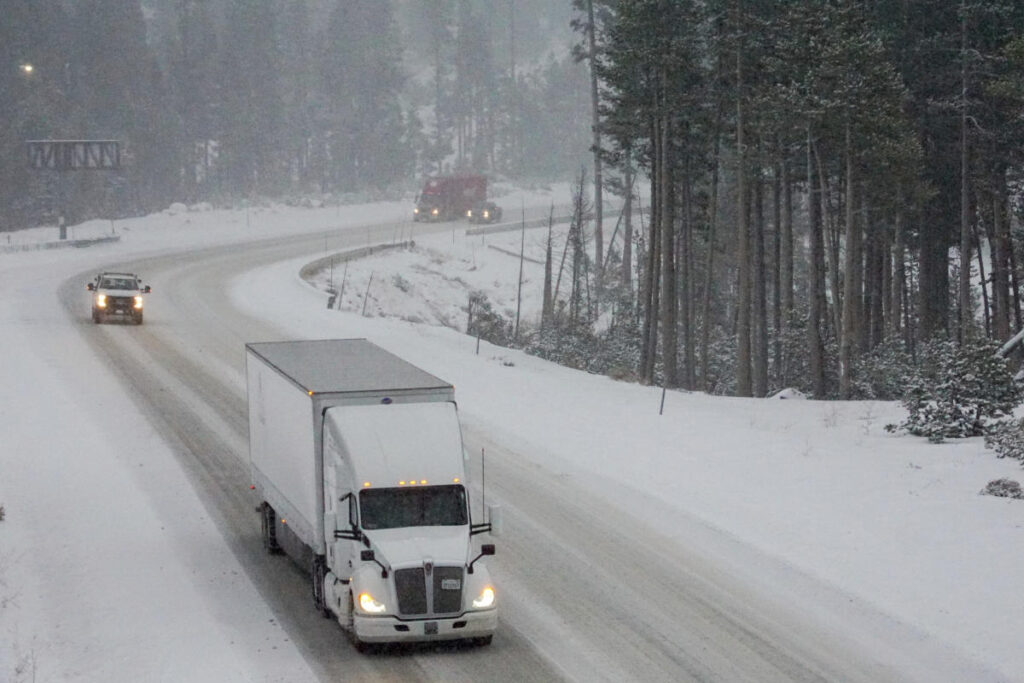As winter weather sweeps across the United States, over 23 million individuals are currently under winter weather advisories, particularly in the eastern U.S. and Great Lakes region. State by state, the impact of the inclement weather is variably felt, with areas including New York, Pennsylvania, West Virginia, and parts of the Midwest bracing for significant snowfall. The severity of the storm is heightened by strong winds, exacerbating the already challenging conditions, and affecting travel and daily life across these states.
Northern Pennsylvania and southern New York are projected to be among the hardest-hit areas, with forecasts indicating that these regions could receive at least 6 inches of snow. This level of snowfall is significant for any urban area, likely causing disruptions to transportation and power lines, as well as making outdoor conditions hazardous. Furthermore, the mountainous regions of West Virginia, Maryland, and southwest Pennsylvania could face even greater difficulties, as predictions suggest accumulations could reach up to a foot.
Eastern Wisconsin is preparing for a similar situation, where 3 to 4 inches of snow are anticipated, compounded by wind gusts reaching up to 40 mph. Such conditions pose not only a risk for slippery road conditions but also create dangerous visibility issues that could hinder road safety. The National Weather Service has been vigilant in issuing advisories to preemptively alert residents and travelers alike to the potential dangers ahead.
The effects of the storm are not limited to the eastern U.S.; the Northwest, particularly Washington, Idaho, and Montana, is also under advisories with heavy snow predicted to persist through the weekend. The weather service is closely monitoring developments in these areas, where snow accumulation may result in power outages and hazardous driving conditions across mountainous and rural regions.
Light snow is forecasted to make its way southward, potentially affecting North Carolina. This forecast not only highlights the unpredictable and extensive nature of the winter storm but also reflects the broader impacts climate change may have on weather patterns. States typically outside the reach of significant snowfall are bracing for rare weather events that can surprise residents and officials alike.
As winter weather continues to unfold across various regions, emergency management and local authorities urge residents to prepare for the worst. This includes staying indoors, securing supplies, and remaining vigilant regarding updates from the National Weather Service. With the dual threat of heavy snow and intense winds, communities are reminded of the importance of safety and preparedness in the face of unpredictable winter weather conditions.

